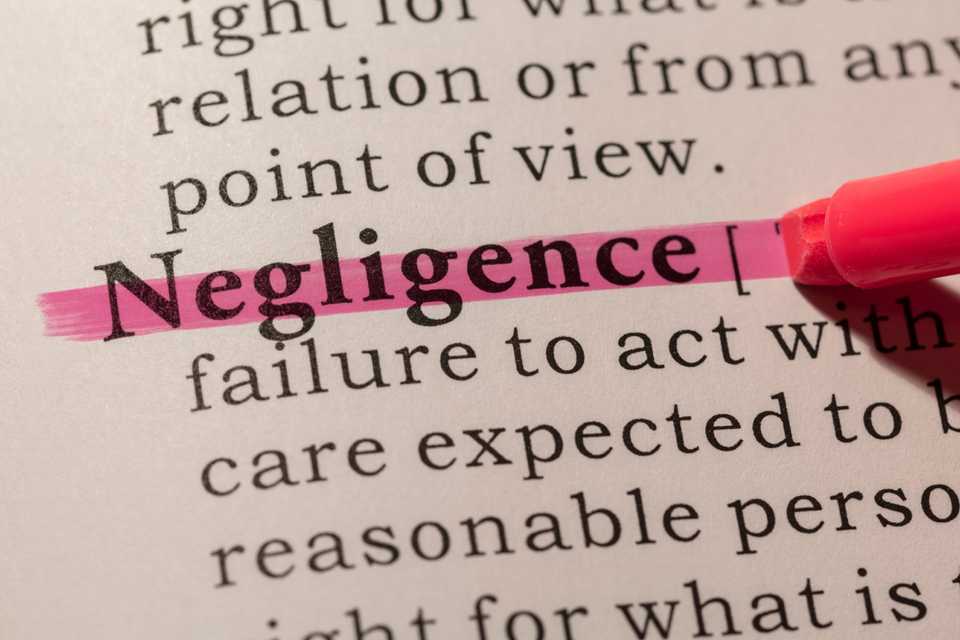Are you seeking guidance through the intricacies of tort law in Canada?
Look no further! Tort law is a fundamental pillar of the Canadian legal system, offering remedies to those who have experienced harm or injury because of someone else's actions or negligence.

Whether you're curious about the intricacies of tort law, the remedies available to you, or how it differs from civil law, we have you covered.
At JuriGo, we specialize in connecting individuals with qualified lawyers who can provide expert assistance tailored to their unique circumstances.
What is Tort Law in Canada?

Torts are roughly equivalent to extra-contractual civil liability in civil law . While common law and civil law often have practical similarities, there are significant theoretical differences.
Torts can be understood as legal wrongs that result in civil liability. While criminal law focuses on punishing individuals for their offenses against society, tort law aims to compensate individuals who have suffered harm or injury.
Unlike contractual obligations, which arise from agreements between parties, torts arise from breaches of legal duties owed by one party to another. In Canada, tort law is primarily based on common law principles developed through court decisions and legal precedents.
The most important difference is that common law torts are fragmented, encompassing several different torts such as negligence, assault, trespass, nuisance, and more. Each tort has its own criteria developed through case law. Some scholars have attempted to compile lists of torts and have come up with approximately a hundred.
However, there is no official list, and some torts are disappearing while new ones are being created by the courts. Thus, creating a definitive list would be challenging.
In other words, there is no general concept of civil liability in common law comparable to Article 1457 of the Civil Code of Québec.
In practice, since the early 20th century, there has been a significant expansion of a single tort, negligence, which has become the equivalent of a general notion of civil liability in some respects. Nonetheless, other torts continue to exist in parallel, without necessarily being harmonized or integrated with negligence, and the requirements for each tort remain distinct.
Why is There a Fragmented Approach to Torts?
One significant difference between common law torts in Canada and civil law is the fragmented nature of common law torts. Common law torts encompass various types of torts, including negligence, assault, trespass, nuisance, defamation, and more. Each tort has its own specific criteria that have been developed through case law and legal precedents.
However, there is no official comprehensive list, and the torts themselves continue to evolve as some disappear while new ones are recognized and created by the courts. Thus, creating a definitive and exhaustive list of all torts in Canada would be a challenging task.
Once again, it is a product of history. Recall that common law developed based on the system of writs. Writs are the consequences of torts. Basically, what the court would order as a remedy for the damage resulting from a tort.
In the Middle Ages, there were different writs for different torts. The current torts do not directly stem from these ancient writs. Some of the old torts based on writs have disappeared and are no longer used, while others have evolved more recently since the abolition of writs.
However, it can be asserted that the writ system has given tort law and common law in general their fragmented character. We have become accustomed to a range of torts, each serving a specific purpose, and this system has never been abolished.
This fragmentation reflects general trends in the development of common law. Common law approaches each situation on a case-by-case basis, without always having a coherent theoretical framework.
Here are the General Components of Torts
For many torts, we can observe:
- Firstly, elements that must be proven by the plaintiff, the victim. When these elements are proven, we can say that there is prima facie liability.
- Secondly, the defendant can raise various defenses.
- Finally, we can discuss remedies. However, the content of each step may differ for each tort. For example, in civil law, you are accustomed to analyzing civil liability in terms of three elements: fault, harm, and causation.
- In common law, for certain torts, the plaintiff does not need to prove any harm.
What constitutes a Tort of Negligence?

The tort of negligence is a fundamental concept in Canadian common law and remains the primary tort used to address cases involving unintentional harm or damage caused by negligence. It is a legal principle that holds individuals or entities accountable for their careless actions or omissions that result in harm to others.
In Canada, negligence law is primarily based on the common law, which is derived from judicial decisions and precedents. While there may be variations among the provinces and territories, the general principles of negligence are widely applied throughout the country.
To establish a claim of negligence in Canada, the following elements must generally be proven:
- Duty of Care: The defendant must owe a duty of care to the plaintiff. This duty arises when there is a foreseeable risk of harm that could reasonably be anticipated. The specific standard of care depends on the nature of the relationship between the parties and the circumstances of the case.
- Breach of Duty: The defendant must have breached their duty of care by failing to meet the required standard. This means that their actions or omissions fell below what a reasonably prudent person or entity would have done in similar circumstances.
- Causation: There must be a causal connection between the defendant's breach of duty and the harm suffered by the plaintiff. This involves establishing both factual causation (the defendant's actions were a factual cause of the harm) and legal causation (the harm was a reasonably foreseeable consequence of the defendant's actions).
- Foreseeability: The harm suffered by the plaintiff must have been reasonably foreseeable by a reasonable person in the defendant's position. This element ensures that defendants are not held liable for unforeseeable or remote consequences of their actions.
- Damages: The plaintiff must have suffered actual harm or damages as a result of the defendant's breach of duty. These damages can be physical, emotional, or financial in nature.
The tort of negligence is considered the main one used today in Canadian common law due to its broad applicability to a wide range of situations. It is not limited to specific areas of law, which allows it to be applied in various contexts, including personal injury cases, professional malpractice, product liability, occupier's liability, and more.
| Canadian courts rely on the principles of negligence to determine liability and assess damages in these cases. They consider factors such as: -The standard of care expected in the specific circumstances, -The level of risk involved, and, The reasonable foreseeability of harm. Judges and juries evaluate the evidence presented by the parties and apply the legal principles to reach a fair and just outcome. |
|---|
The tort of negligence is crucial in Canada's legal system as it promotes accountability and encourages individuals and entities to act with reasonable care to prevent harm to others. It provides a means for injured parties to seek compensation for their losses and serves as a deterrent against negligent behavior.
It's important to note that negligence law in Canada continues to evolve through judicial decisions and legislative changes. While the basic elements remain consistent, specific applications and interpretations may vary, and it's always advisable to consult legal professionals and reference the most current laws and precedents when dealing with negligence matters in Canada.
There’s always more to Learn: Consult with a Lawyer nearby!
The tort of negligence plays a crucial role in Canadian common law, serving as the primary legal principle used to address cases involving unintentional harm caused by negligence. It provides a framework for establishing liability, assessing damages, and promoting accountability for careless actions or omissions.

Navigating the complexities of the law, including understanding the specific torts and remedies applicable to a particular situation, can be a daunting task. That's where JuriGo comes in.
We offer services designed to match individuals with qualified lawyers who can provide expert guidance and support throughout the legal process.
Together, we can work towards a fair resolution and ensure that your rights are protected. Contact JuriGo today to get started on your legal journey by filling out our form – it’s completely free!
